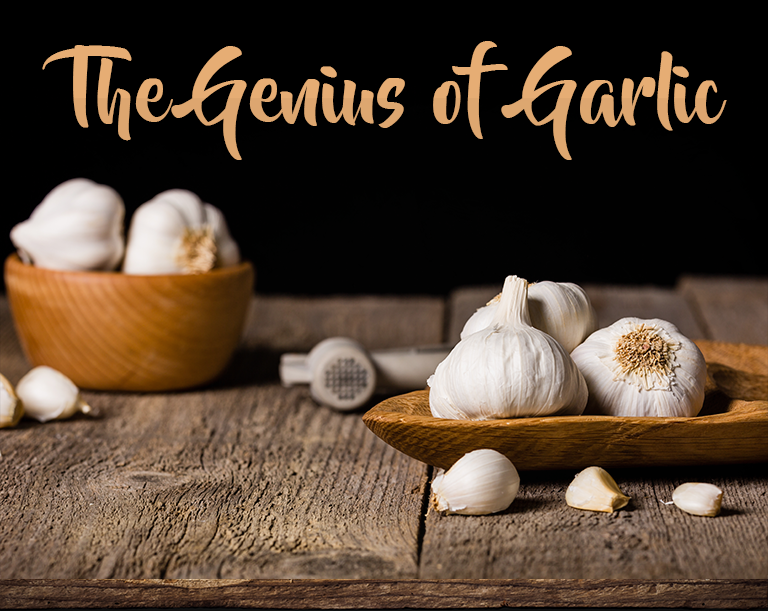
- It is a plant species from the onion genus
- 80% of the world's garlic production is from China
- Laboratory studies show that garlic has antibacterial properties1

Pungent and powerful: the small bulb of garlic is a core ingredient in Cambodia cuisine. From being an ingredient in the mighty sambal, accompanying humble vegetable stir-fries, and showing its flavour presence in chicken rice; it’s safe to say that our local cuisine just wouldn’t be complete without the aromatic ingredient.
In most instances, the benefits of garlic come from eating it raw or crushed, as this is when allicin is activated. Cooking or heating garlic destroys the allicin.
If chewing a whole clove of garlic is not your cup of tea, try these 3 delicious methods to incorporate raw garlic into your diet:
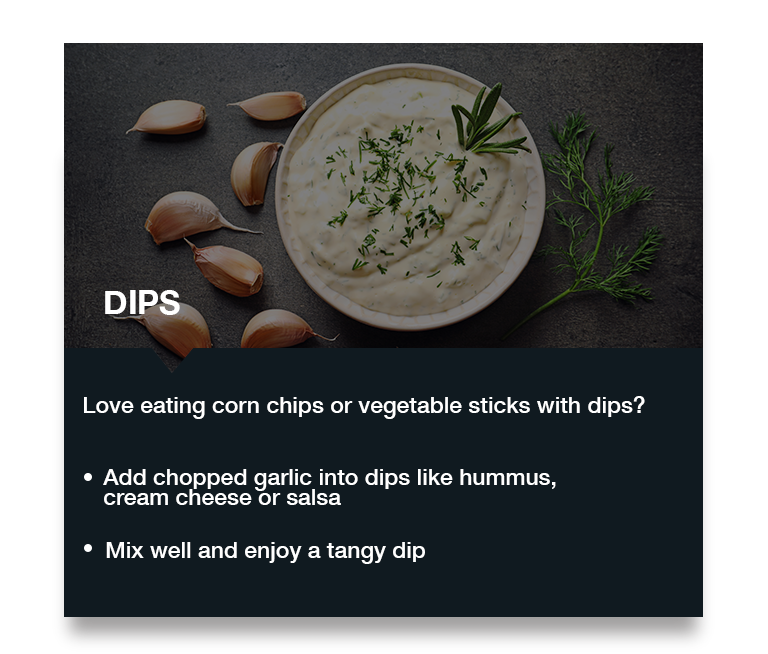
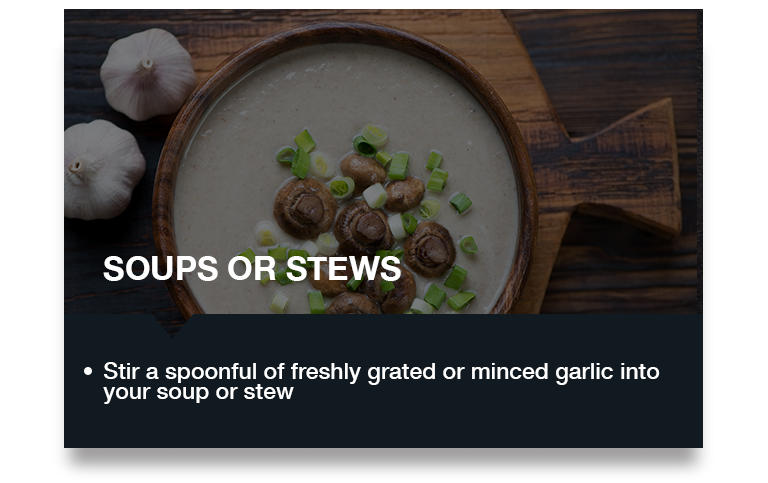
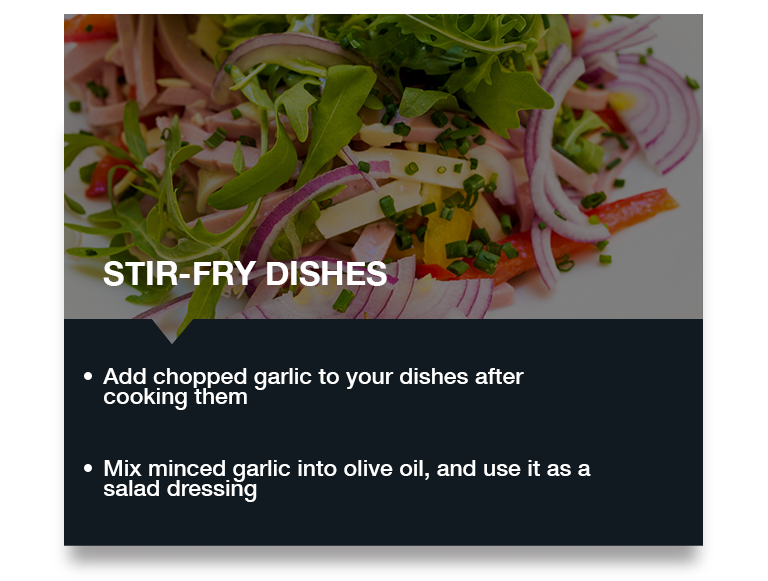
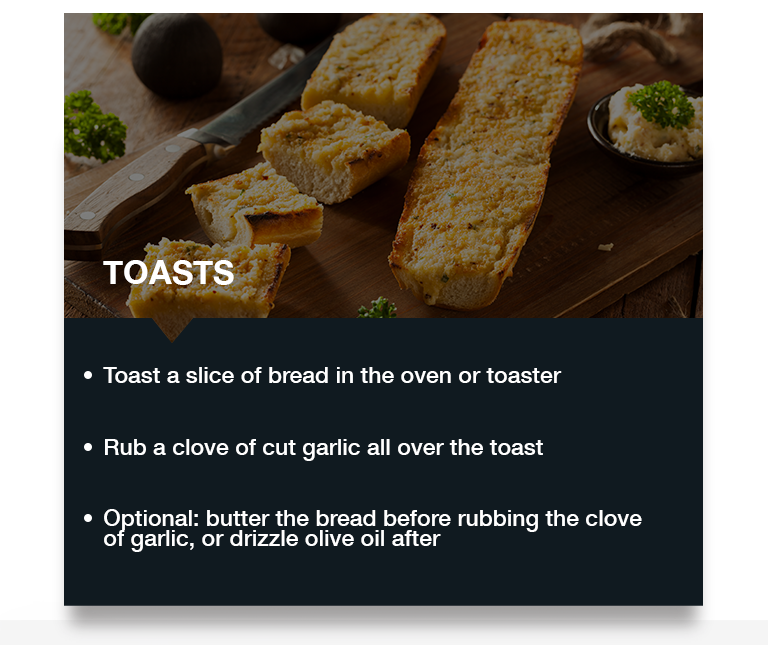
Too much intake of garlic may cause:
To prevent or reduce these side effects:
https://home.howstuffworks.com/garlic10.htm
https://www.livestrong.com/article/171913-benefits-side-effects-of-garlic-leaves/
https://www.healthline.com/nutrition/11-proven-health-benefits-of-garlic
https://www.ncbi.nlm.nih.gov/pubmed/25386977
https://www.livestrong.com/article/268286-benefits-of-garlic-powder/
https://www.mmmgarlic.com/garlic-health-benefits/eating-raw-garlic-five-easy-ways/
https://www.sharecare.com/health/inflammation/article/anti-inflammatory-diet-tip-garlic
https://www.livestrong.com/article/521817-how-to-eat-raw-garlic-not-have-garlic-breath/